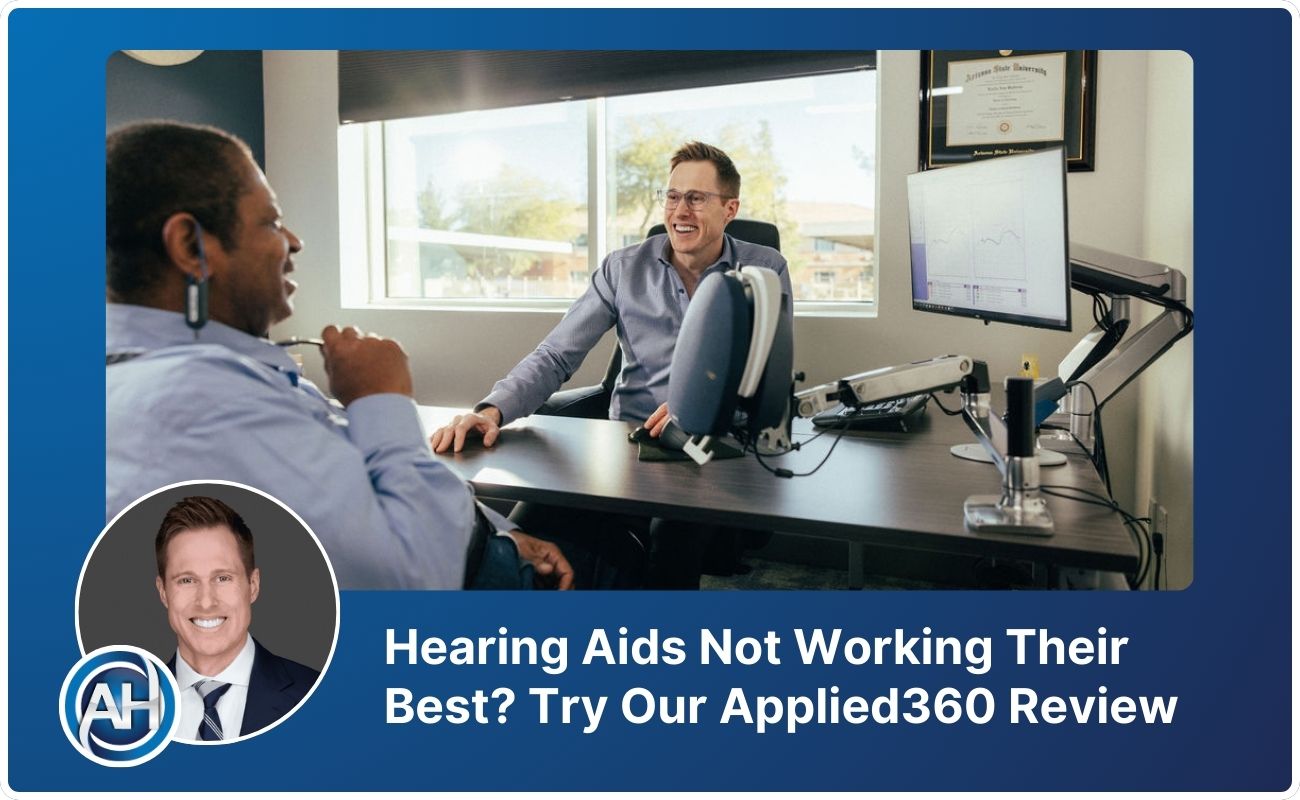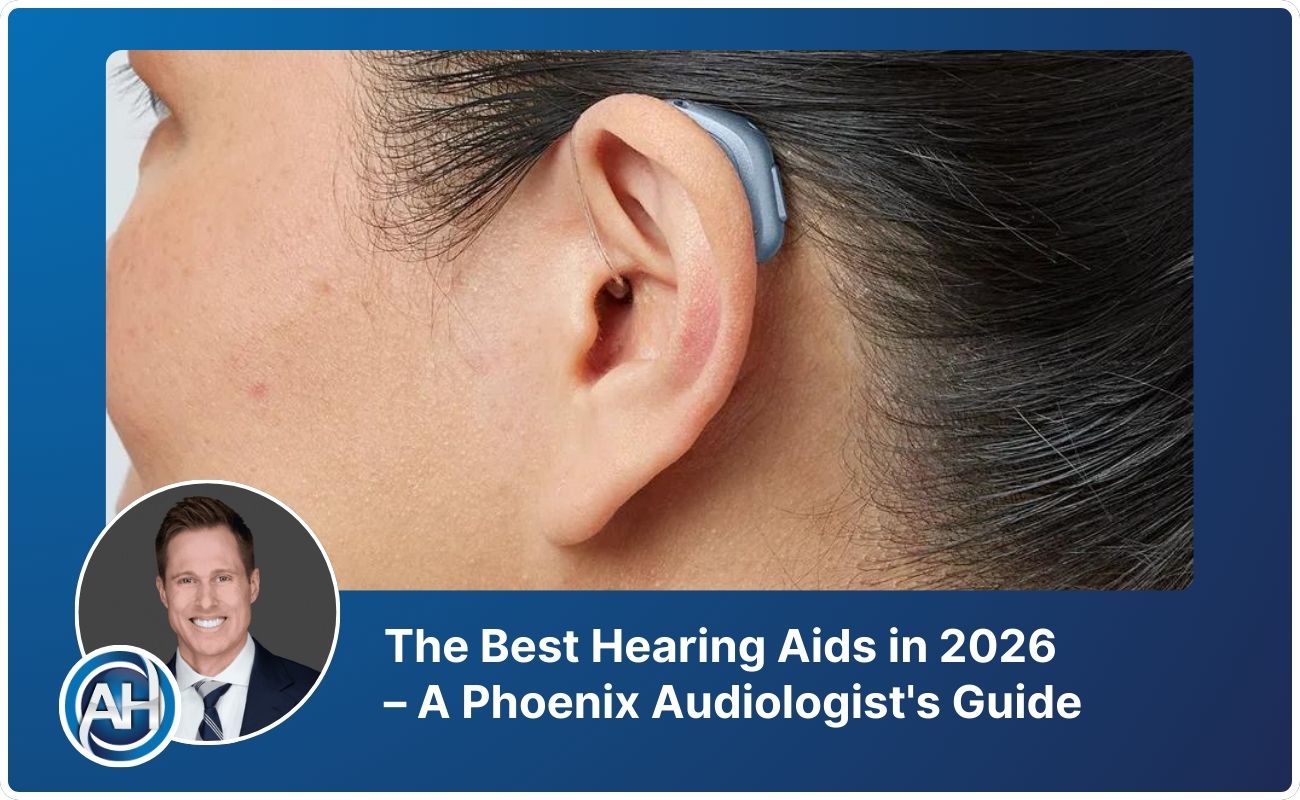
Hearing Aids Not Working Their Best? Try Our Applied360 Review
The Applied360 Review uses three critical tests to evaluate hearing aid performance and determine if devices are properly optimized for maximum benefit.
Integrate your CRM with other tools
Lorem ipsum dolor sit amet, consectetur adipiscing elit lobortis arcu enim urna adipiscing praesent velit viverra sit semper lorem eu cursus vel hendrerit elementum morbi curabitur etiam nibh justo, lorem aliquet donec sed sit mi dignissim at ante massa mattis.
- Neque sodales ut etiam sit amet nisl purus non tellus orci ac auctor
- Adipiscing elit ut aliquam purus sit amet viverra suspendisse potenti
- Mauris commodo quis imperdiet massa tincidunt nunc pulvinar
- Adipiscing elit ut aliquam purus sit amet viverra suspendisse potenti
How to connect your integrations to your CRM platform?
Vitae congue eu consequat ac felis placerat vestibulum lectus mauris ultrices cursus sit amet dictum sit amet justo donec enim diam porttitor lacus luctus accumsan tortor posuere praesent tristique magna sit amet purus gravida quis blandit turpis.

Techbit is the next-gen CRM platform designed for modern sales teams
At risus viverra adipiscing at in tellus integer feugiat nisl pretium fusce id velit ut tortor sagittis orci a scelerisque purus semper eget at lectus urna duis convallis. porta nibh venenatis cras sed felis eget neque laoreet suspendisse interdum consectetur libero id faucibus nisl donec pretium vulputate sapien nec sagittis aliquam nunc lobortis mattis aliquam faucibus purus in.
- Neque sodales ut etiam sit amet nisl purus non tellus orci ac auctor
- Adipiscing elit ut aliquam purus sit amet viverra suspendisse potenti venenatis
- Mauris commodo quis imperdiet massa at in tincidunt nunc pulvinar
- Adipiscing elit ut aliquam purus sit amet viverra suspendisse potenti consectetur
Why using the right CRM can make your team close more sales?
Nisi quis eleifend quam adipiscing vitae aliquet bibendum enim facilisis gravida neque. Velit euismod in pellentesque massa placerat volutpat lacus laoreet non curabitur gravida odio aenean sed adipiscing diam donec adipiscing tristique risus. amet est placerat.
“Nisi quis eleifend quam adipiscing vitae aliquet bibendum enim facilisis gravida neque velit euismod in pellentesque massa placerat.”
What other features would you like to see in our product?
Eget lorem dolor sed viverra ipsum nunc aliquet bibendum felis donec et odio pellentesque diam volutpat commodo sed egestas aliquam sem fringilla ut morbi tincidunt augue interdum velit euismod eu tincidunt tortor aliquam nulla facilisi aenean sed adipiscing diam donec adipiscing ut lectus arcu bibendum at varius vel pharetra nibh venenatis cras sed felis eget.
Many of our patients tell us, "I think my hearing aids are working well," but when we ask them to be more specific about their performance in different situations, they struggle to give us a clear answer. This uncertainty is more common than you might think, and it often indicates that hearing aids may not be performing at their optimal level.
At Applied Hearing Solutions, we frequently see patients who own advanced hearing aid technology but still struggle with speech clarity, especially in noisy environments like restaurants. If this sounds familiar, our Applied360 Review consultation can help determine whether your current hearing aids have you hearing your absolute best.
Why Many Hearing Aid Users Are Unsure About Their Performance
Hearing is a dynamic sense that varies significantly based on your environment. You might hear well during quiet, face-to-face conversations but struggle tremendously in busy restaurants or group settings. This variability makes it difficult to assess whether your hearing aids are truly optimized for your needs.
Unfortunately, many hearing care professionals use overly general questions like "Are you hearing better with your hearing aids?" to evaluate success. This broad approach doesn't provide the specific feedback needed to determine if your devices are working at their full potential.
The reality is that most hearing aid users have no idea whether their devices have been optimized to treat their hearing loss to the highest level possible. This uncertainty leaves many people wondering if they should be hearing better than they currently are.
Three Critical Tests That Determine Hearing Aid Performance
We use three specific verification procedures to ensure hearing aids are working their best. These research-backed methods provide objective measurements rather than relying on general impressions.
Test Box Measures: Ensuring Mechanical Function
Test box measures, also known as electroacoustic analysis, allow us to measure the internal diagnostics of hearing aids to ensure they meet manufacturer specifications. Think of this like connecting your car to a diagnostic computer—we can identify specific issues that aren't apparent through casual listening.
This testing measures output, gain, distortion, and noise levels within your hearing aids. All these diagnostic measures must fall within specific tolerance ranges for that particular device. Surprisingly, between 15 and 25% of new and repaired hearing aids do not meet manufacturer specifications, which directly reduces their performance capability.
Real Ear Measurement: Verifying Proper Programming
Real Ear Measurement is the only scientifically validated way to confirm if your hearing aids are programmed correctly to your hearing loss prescription. We place probe microphone tubes inside your ears alongside your hearing aids, then play calibrated sounds to measure the actual amplification you receive.
During this process, we compare your measured amplification (shown as a solid line) against your hearing loss prescription (shown as hash marks). When these lines overlap as closely as possible, you know your hearing aids are programmed correctly. If you're over-amplified in certain frequencies or under-amplified in others, we can make precise adjustments using Real Ear Measurement as our guide.
We perform these measurements for average, loud, and soft speech levels, ensuring optimal performance across all listening situations. Without Real Ear Measurement verification, it's impossible to know if your hearing aids are programmed correctly.
Outcome Measures: Validating Real-World Benefit
The third component involves validated outcome assessments conducted before and after your hearing aid fitting period. These specific questionnaires, such as the Client Oriented Scale of Improvement (COSI) or the Abbreviated Profile of Hearing Aid Benefit (APHAB), identify whether you're receiving significant benefit in various listening situations.
We complete the initial assessment before your fitting begins, establishing baseline measurements of your hearing difficulties. After 30-45 days of hearing aid use—allowing time for your brain to adapt—we conduct the follow-up assessment. This comparison reveals exactly how much improvement you've achieved and identifies any remaining areas that need attention.
Our Applied360 Review Process
If you're unsure whether your current hearing aids are performing optimally, our Applied360 Review consultation provides comprehensive evaluation of your existing devices. During this detailed appointment, we assess three critical areas:
We begin by understanding your current hearing difficulties and priorities. Next, we perform comprehensive hearing evaluation including speech-in-noise testing to establish your current hearing loss prescription. Finally, we evaluate your hearing aids' programming and performance capabilities through diagnostic testing and Real Ear Measurement verification.
This systematic approach often reveals why hearing aids may not be providing the expected benefit. Common issues include devices that aren't meeting manufacturer specifications, programming that doesn't match your hearing loss prescription, or hearing aids that lack the features needed for your specific hearing challenges.
When Hearing Aids Underperform
We often discover that patients have excellent hearing aid technology that simply hasn't been programmed correctly. Many hearing aids are initially set using manufacturer "first-fit" algorithms—essentially educated guesses about your amplification needs. Without proper verification through Real Ear Measurement, these settings often miss the mark significantly.
Other times, we find that hearing aids are mechanically malfunctioning or that the technology doesn't match the patient's hearing loss configuration or lifestyle needs. Each situation requires a different solution, which we identify through our comprehensive evaluation process.
Taking the Next Step
If you're questioning whether your hearing aids are working their best, or if you're simply curious about their performance level, our Applied360 Review will provide definitive answers. This evaluation determines whether your current devices have you hearing your absolute best and, if not, what steps are needed to achieve optimal performance.
Our experienced audiologists follow comprehensive best practices to ensure you receive maximum benefit from your hearing technology. Rather than guessing about your hearing aid performance, we use objective measurements and validated assessment tools to provide clear answers.
Contact Applied Hearing Solutions at (602) 877-0000 to schedule your Applied360 Review consultation. We'll help you discover whether your current hearing aids are truly optimized for your unique hearing needs and lifestyle priorities.




